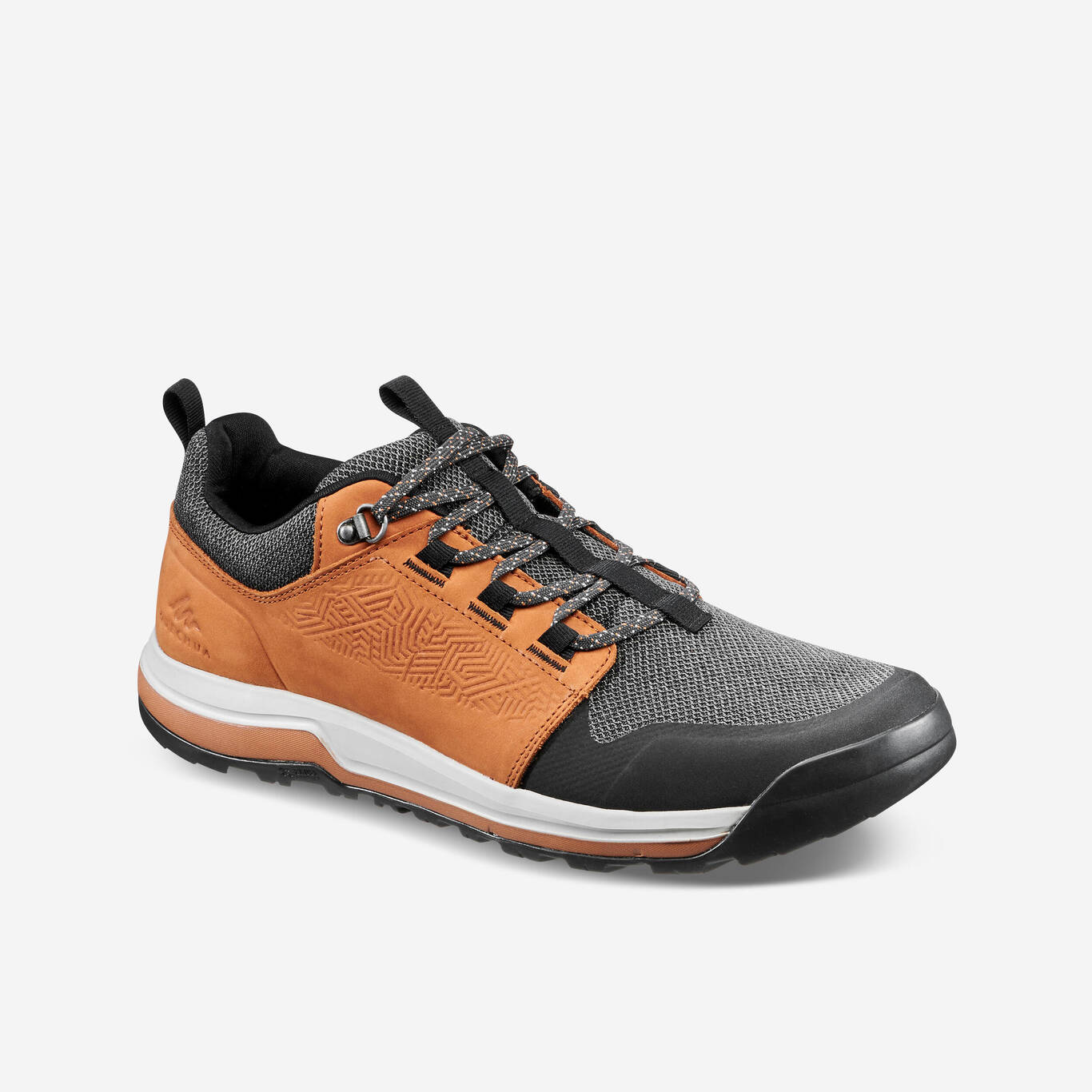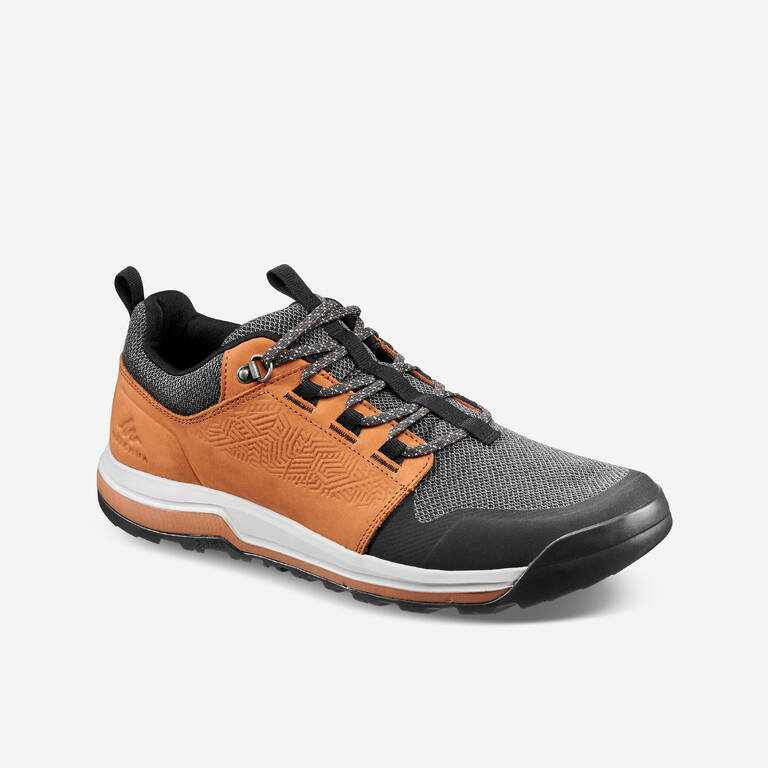

Stores
Contact us
You only need one connection
to enjoy all your favorite services
Rather easy, would you say?

















Cannot ship to ()


This product is currently unavailable for your region
Please select a size...







Des chaussures qui vous suivront, avec élégance, dans la majorité de vos activités. Je viens de me racheter la une nouvelle paire, la première m'ayant suivie 3 ans, sans ménagement.
Chaussures au look sympa pour la vie de tous les jours, ou pour les balades.
Confort à voir, notamment si vous avez les pieds larges comme moi.
A voir ensuite dans le temps si la semelle garde son adhérence
depuis le premier pas j'ai senti la comfortabilité de cet chaussure
Des chaussures polyvalentes, agréables à l'oeil, et qui tiennent des kilomètres
Super
Confortable et agréable à porter
Bonjour Anis,
Merci d'avoir partagé votre ressenti avec nous :)
C'est un plaisir de lire votre satisfaction.
Ravis de voir que nos produits vous plaisent.
Je vous souhaite une bonne journée, à bientôt dans votre decathlon.
Nour ✌️
Conseillère service clients🤝
Boty už mám koupené podruhé, už se se mnou koupaly, chodily po horách, byly na plese a vydrží opravdu všechno, akorát je teď nosím po celý den na vysoké škole a při dlouhém nošení nezvládají odvětrávat a začínají zapáchat. Na ven jsou boží ale na celodenní nošení nezvládnou větrat. Velmi je doporučuji.
ok
znakomite buty na wyprawy, bardzo wygodne
venía una suela mal pegada







Des chaussures qui vous suivront, avec élégance, dans la majorité de vos activités. Je viens de me racheter la une nouvelle paire, la première m'ayant suivie 3 ans, sans ménagement.
Chaussures au look sympa pour la vie de tous les jours, ou pour les balades.
Confort à voir, notamment si vous avez les pieds larges comme moi.
A voir ensuite dans le temps si la semelle garde son adhérence
depuis le premier pas j'ai senti la comfortabilité de cet chaussure
Des chaussures polyvalentes, agréables à l'oeil, et qui tiennent des kilomètres
Super
Confortable et agréable à porter
Bonjour Anis,
Merci d'avoir partagé votre ressenti avec nous :)
C'est un plaisir de lire votre satisfaction.
Ravis de voir que nos produits vous plaisent.
Je vous souhaite une bonne journée, à bientôt dans votre decathlon.
Nour ✌️
Conseillère service clients🤝
Boty už mám koupené podruhé, už se se mnou koupaly, chodily po horách, byly na plese a vydrží opravdu všechno, akorát je teď nosím po celý den na vysoké škole a při dlouhém nošení nezvládají odvětrávat a začínají zapáchat. Na ven jsou boží ale na celodenní nošení nezvládnou větrat. Velmi je doporučuji.
ok
znakomite buty na wyprawy, bardzo wygodne
venía una suela mal pegada

